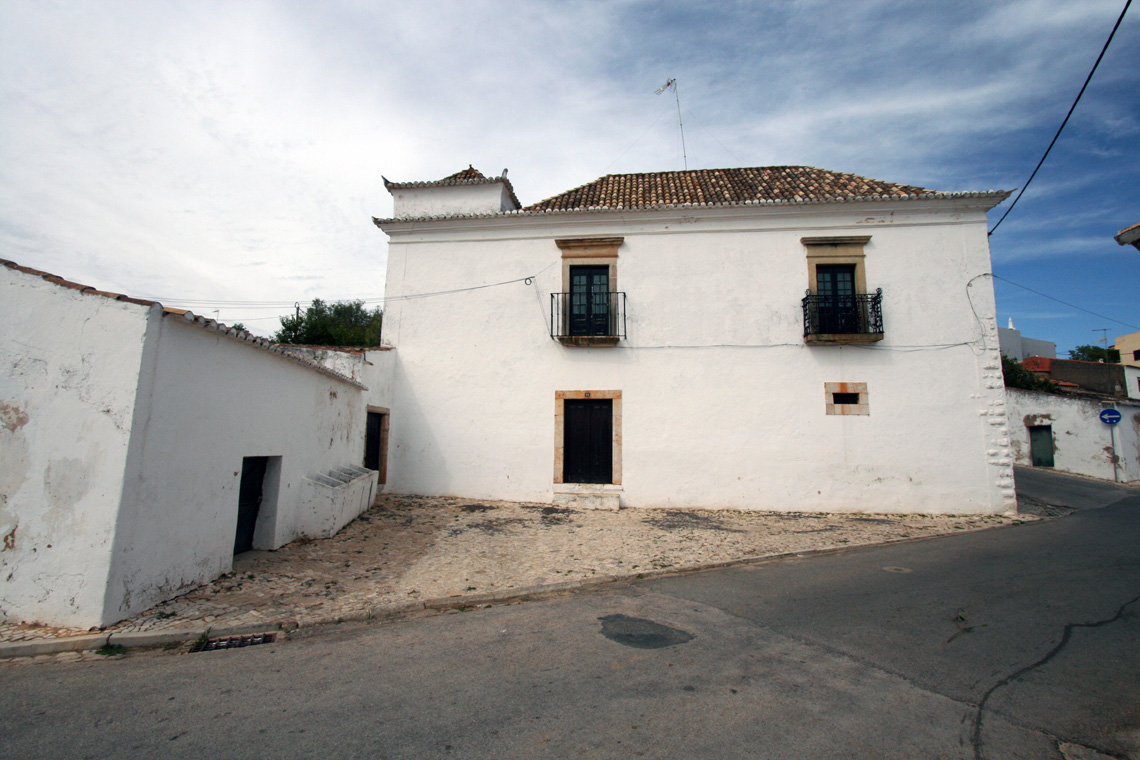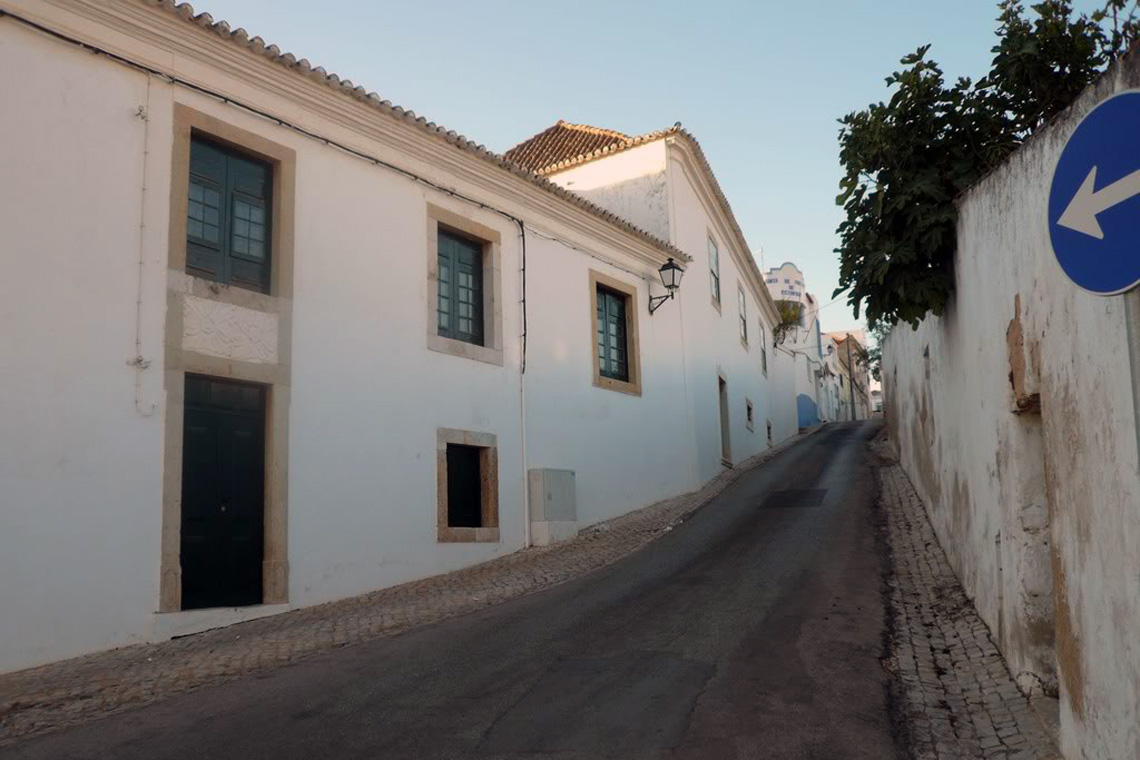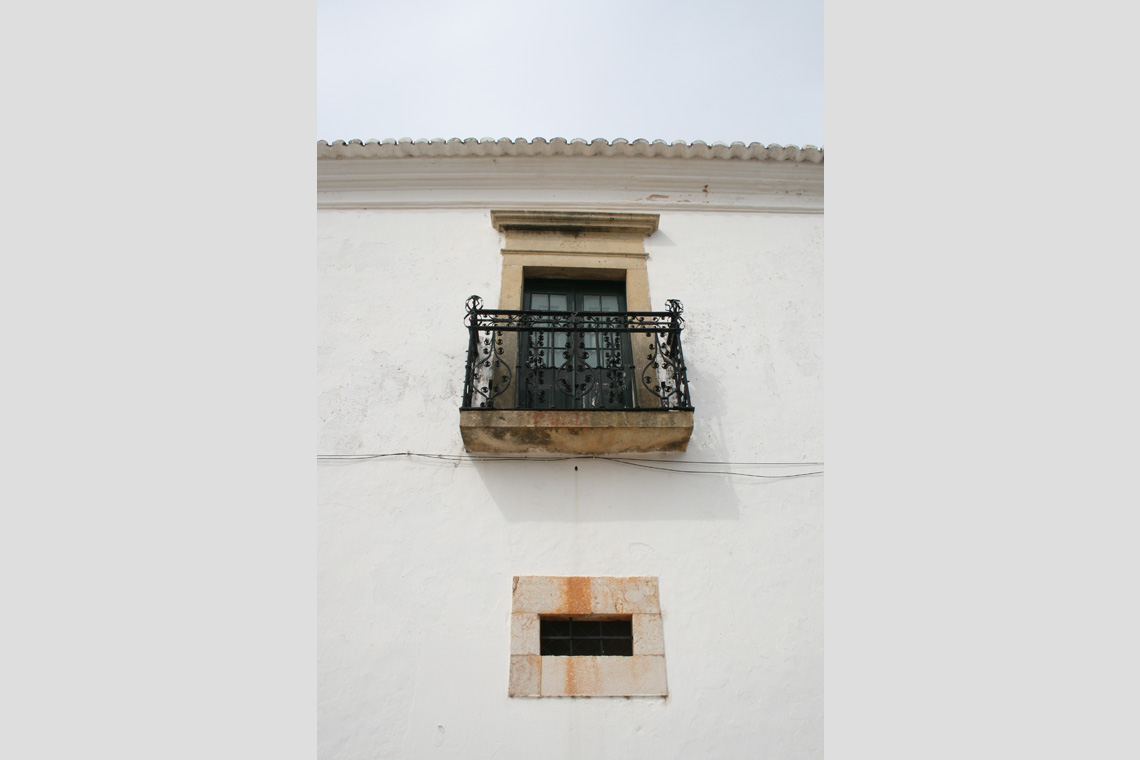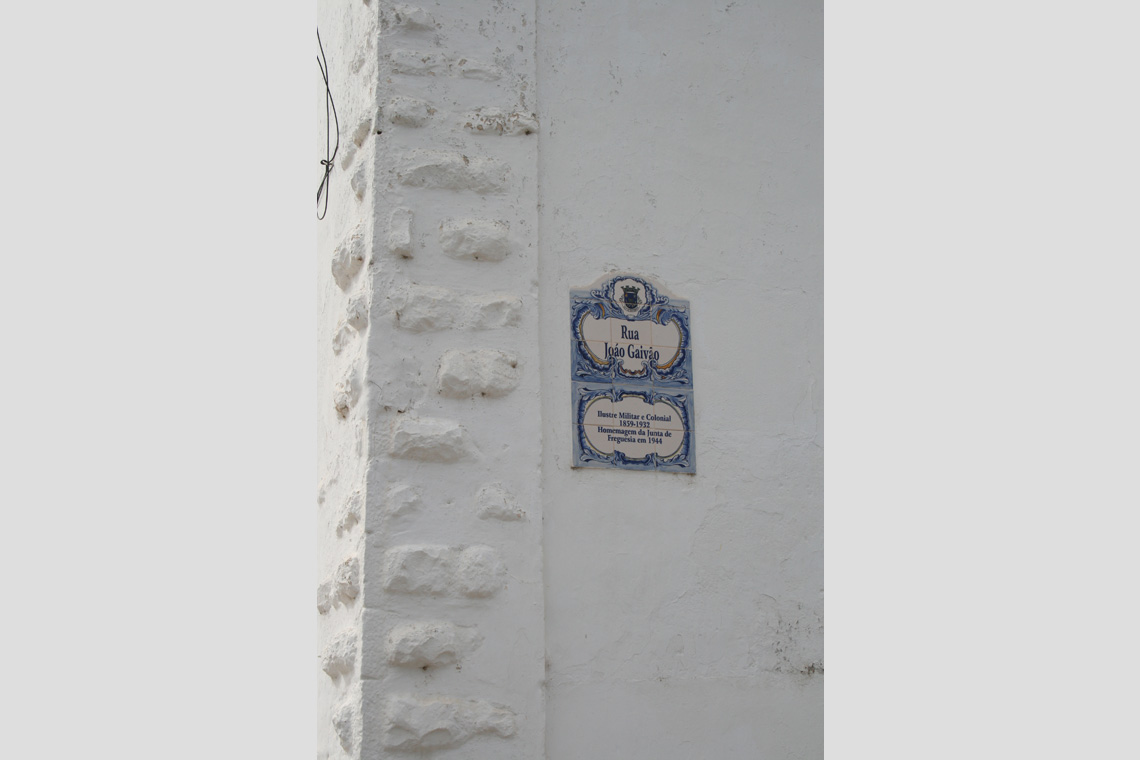16. Solar Gaivão
Solar Gaivão
Solar Gaivão
Cronologia: Idade Moderna (séc. XVI-XVIII)
Chronology: Modern Age (16th-18th century)
Chronology: Modern Age (16th-18th century)
Casa de dois pisos, com origem no século XVII e grandemente remodelada no séc. XVIII, conforme nos atesta a inscrição cravada (ao contrário) na cantaria de uma janela do edifício (1729), sofrendo, ainda, no seculo XIX obras de ampliação. Ainda na mesma centúria, no decurso da guerra civil portuguesa entre liberais e miguelistas, a casa sofre um assalto pelo célebre guerrilheiro José Joaquim de Sousa Reis, de alcunha Remexido, defensor da causa miguelista e mentor de vários ataques às localidades cujas defesas militares o próprio conhecia ao pormenor, nomeadamente Estômbar, de onde era natural.
Exteriormente a casa apresenta janelas e porta com cantaria da região de arestas chanfradas e telhado de quatro águas, coberto de telha de canudo e beiral revirado, evocando a inspiração oriental.
O solar é propriedade da família Gaivão há cerca de 6 gerações, família distinta que desdobra os seus pergaminhos pela região e com lugar destacado na “galeria” das famílias ilustres deste concelho, que pelos seus méritos e serviços prestados à sua terra e ao seu país, souberam ser dignos de consideração, respeito e estima de todos os seus conterrâneos.
A two-storey house dating from the 17th century and extensively remodelled in the 18th century, as evidenced by an inscription carved (upside down) in the stonework of a window in the building (1729); it also underwent work to extend it in the 19th century. In the same century, during the Portuguese civil war between the Liberals and the Miguelists, the house was attacked by the celebrated guerrilla José Joaquim de Sousa Reis, known as Remexido, who supported the Miguelist cause and was the leader of a number of attacks on villages whose military defence he knew in detail, in particular Estômbar, where he was born.
On the outside, the house has windows and doors made of regional stone with bevelled edges, and a hip roof, covered with semi-cylindrical "canudo" tiles and with upturned eaves, oriental in inspiration.
The manor house has been owned by the Gaivão family for some six generations, an eminent family whose history extends across the region and which occupies a prominent place in the gallery of illustrious families of the municipality; through their qualities and the services rendered to their region and their country, they were worthy of the highest consideration, respect and esteem from their compatriots.
On the outside, the house has windows and doors made of regional stone with bevelled edges, and a hip roof, covered with semi-cylindrical "canudo" tiles and with upturned eaves, oriental in inspiration.
The manor house has been owned by the Gaivão family for some six generations, an eminent family whose history extends across the region and which occupies a prominent place in the gallery of illustrious families of the municipality; through their qualities and the services rendered to their region and their country, they were worthy of the highest consideration, respect and esteem from their compatriots.



